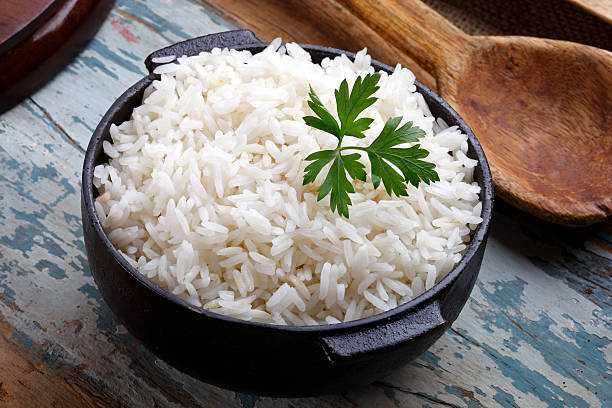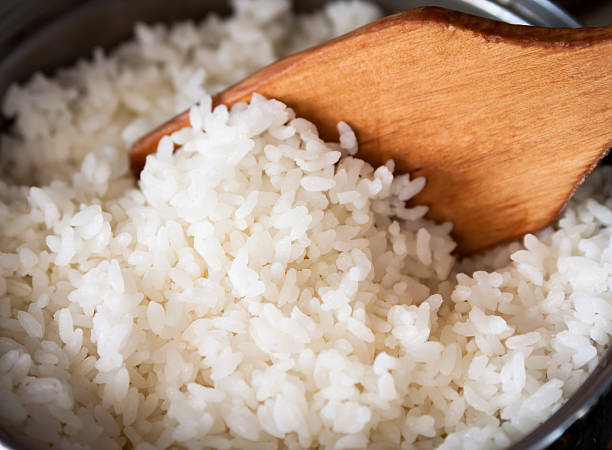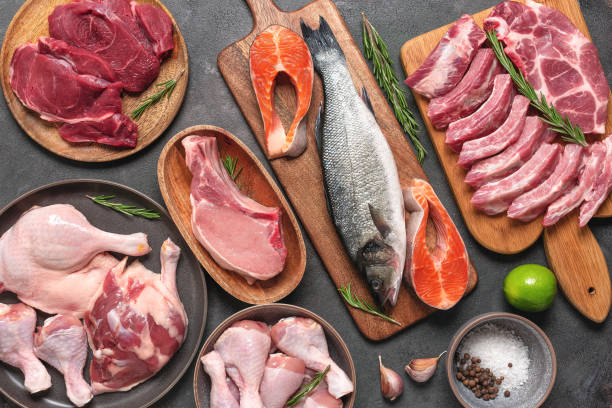Expecting a little one? Here’s a tip: your diet can be a game-changer. Traditional Chinese Medicine (TCM) offers an exciting approach to pregnancy diet that could help you and your baby thrive.
In this guide, we’ll explore the fundamental principles of a TCM pregnancy diet to support your journey toward a healthier pregnancy.
Understanding the TCM Pregnancy Diet
In the realm of TCM pregnancy, understanding the concept of a TCM pregnancy diet is paramount. It’s all about achieving energetic balance through the foods you eat. Let’s uncover the secrets of a TCM pregnancy diet to support your well-being and your baby’s development.
Dampness in the Diet: Preventing Imbalances
Chinese culture has long recognized the importance of balance in their dietary choices. Their traditional diet includes ingredients like ginger and pearled barley, which offer medicinal value and nutrition. However, one vital aspect that may surprise you is their focus on preventing and draining dampness.
How Is Dampness Formed?
Dampness is a by-product of consuming foods that impede the free flow of energy within your body. Foods like cheese, yoghurt, white flour, and sugar are known culprits that lead to dampness. This accumulation can result in various health issues, from mucus in the respiratory system to digestive problems, excess weight, and even chronic allergies or arthritis.
Choosing Foods to Prevent Dampness
To prevent dampness and promote good digestion, you can make wise choices based on the energetic properties of foods. Fortunately, this is simpler than it may seem and primarily involves everyday grocery store items.
What Types of Food Can I Eat in a TCM Pregnancy Diet?

Source: iStock
A typical Chinese meal consists of steamed rice, cooked vegetables, and modest portions of animal protein or beans. Opt for minimal cooking oils, avoiding deep-fried or flour-based dishes. This basic Chinese Medicine diet establishes a foundation for maintaining bodily balance.
Cooked Vegetables

Source: iStock
Chinese cuisine often features generous servings of lightly cooked vegetables. These vegetables play a significant role in draining dampness and offer essential nutrients. Fill half your plate with a variety of leafy greens to maintain balance and promote health.
Non-Gluten Starches

Source: iStock
Rice is easily digested and can be a vital source of carbohydrates. Whether you choose white or brown rice depends on your preference, with white rice being more cleansing and brown rice offering more nourishment. Other non-glutinous grains like millet and quinoa are also excellent choices, as they help gently drain dampness from the body.
Protein

Source: iStock
Chinese cuisine includes small servings of animal protein or beans. Animal proteins are considered ‘building’ foods but should be consumed in moderation, typically 2-4 ounces 3-4 times a week. Beans can be included more often as they aid in absorbing dampness, provide fibre, and offer protein. These foods should fill a quarter of your plate.
Limit Cold Raw Food

Source: iStock
Raw, cold foods, such as salads, chilled dishes, and frozen treats, should be minimized. Cold foods are challenging to process and strain your energetic resources as they require heating to body temperature for digestion. Opt for lightly cooked vegetables and well-cooked grains to ease the digestion process.
Eliminate Dairy

Source: iStock
Dairy products like cheese, butter, and milk can lead to dampness due to their cold and stagnating nature. Chinese Medicine views dairy as suitable only for undernourished individuals, so it’s best to avoid dairy to prevent imbalances.
Eliminate Sugar

Source: iStock
Concentrated sweets, like soda, candy, and sweetened yoghurt, can rapidly create dampness and hinder your body’s ability to transform food into energy. Opt for foods with a “sweet” flavour, such as rice, meat, and vegetables, instead of concentrated sugars to maintain balance.
Eat According to the Seasons
Different seasons require modified cooking methods and varying food choices. Align your diet with the seasons, consuming warmer, heavier foods in winter and lighter, cooler foods in summer. Adapting your diet to the climate keeps your body in sync with the natural environment.
Moreover, choosing foods that are locally available and in season further supports balance and well-being. Indigenous cultures that prioritize local and seasonal foods often demonstrate better health and longevity.
By following the principles of a TCM pregnancy diet, you can enjoy a healthier pregnancy while maintaining an energetic balance. Make mindful choices, embrace seasonal variety, and prioritize foods that support digestion and prevent dampness.
Nurturing a Healthy Pregnancy with TCM Pregnancy Diet
Pregnancy can be a rollercoaster ride. One minute you’re over the moon, and the next you’re diving headfirst into a tub of ice cream. But according to Traditional Chinese Medicine, it’s not just about eating for two but balancing for two.
And those cravings for cold, creamy desserts and cheese-loaded pizzas are real. But trust us, your body and your baby will thank you for choosing cooked veggies, non-gluten starches, and just enough protein. It’s all about keeping that pesky dampness at bay.
So, while you’re growing this beautiful little human inside you, remember to take care of yourself too. You’re doing an amazing job, mama. And remember, every step of this journey is worth it.
ALSO READ
Common Pregnancy Food Cravings and Where To Get Them
Food Frenzy: Unlocking the Mystery of Pregnancy Cravings
8 Organic Food Pregnancy To Eat and Boost Nutrition